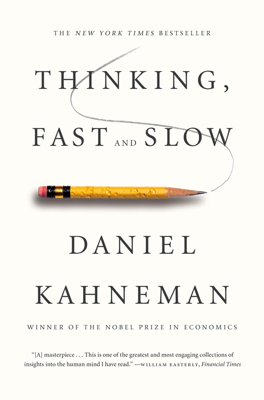Taming Intuitive Predictions
Taming Intuitive Predictions
When forecasting various outcomes—from academic success to business profitability—people often rely on intuition and heuristics. Intuitive judgments can be overly confident, even when based on weak evidence. This chapter details how intuitive forecasts can be refined and moderated to avoid extreme biases.
Nonregressive Intuitions
Intuitive forecasts are scrutinized via an example involving a fictional student named Julie, predicted to have a high GPA based on her early reading skills. Key processes contributing to intuitive predictions include: - Causal Link Establishment: Drawing connections between available evidence (early reading) and the prediction (high GPA). - Evaluation Against Norms: Comparing the evidence to a norm or standard. - Substitution and Intensity Matching: Replacing the actual question with one that’s easier to answer, using the strength of the initial evidence to infer related outcomes.
This intuitive method ignores regression to the mean, resulting in predictions that systematically overestimate outcomes related to strong evidence and underestimate those tied to weak or negative evidence.
A Correction for Intuitive Predictions
The process to improve the accuracy of intuitive predictions includes several steps, aligning more closely with statistical methods: 1. Establish a Baseline: Start with the average outcome (e.g., average GPA for students). 2. Match to Intuitive Prediction: Determine the expected outcome based on personal judgment and available evidence. 3. Estimate Correlation: Gauge how closely the intuitive evidence corresponds to the predicted outcome. 4. Adjust Towards Baseline: Move from the baseline towards the intuitive prediction by a factor proportional to the estimated correlation (e.g., 30% if the correlation is estimated at 0.30).
This method moderates the extent of reliance on purely intuitive judgments by incorporating a consideration of the actual strength of the evidence relative to statistical norms.
Practical Applications and a Two-Systems View
In high-stakes settings, this moderated approach is essential for making more balanced and accurate predictions. However, there are contexts—such as venture capital or certain types of banking—where predicting rare extreme outcomes may be more valuable even if it leads to frequent overestimations. Here, the preference for avoiding missed opportunities can outweigh the benefits of non-biased predictions.
A key takeaway is the understanding that intuitive predictions, generated by System 1, need to be critically evaluated and adjusted by System 2, which can process the idea of regression to the mean—a statistical concept that is counterintuitive but crucial for accurate forecasting.
In summary, by acknowledging the limitations of intuitive predictions and applying a corrective mechanism, one can balance between the natural tendency to match forecasts with perceived evidence extremity and the statistical reality that includes regression to the mean. This balance is crucial both in everyday decision-making and professional forecasting scenarios.
